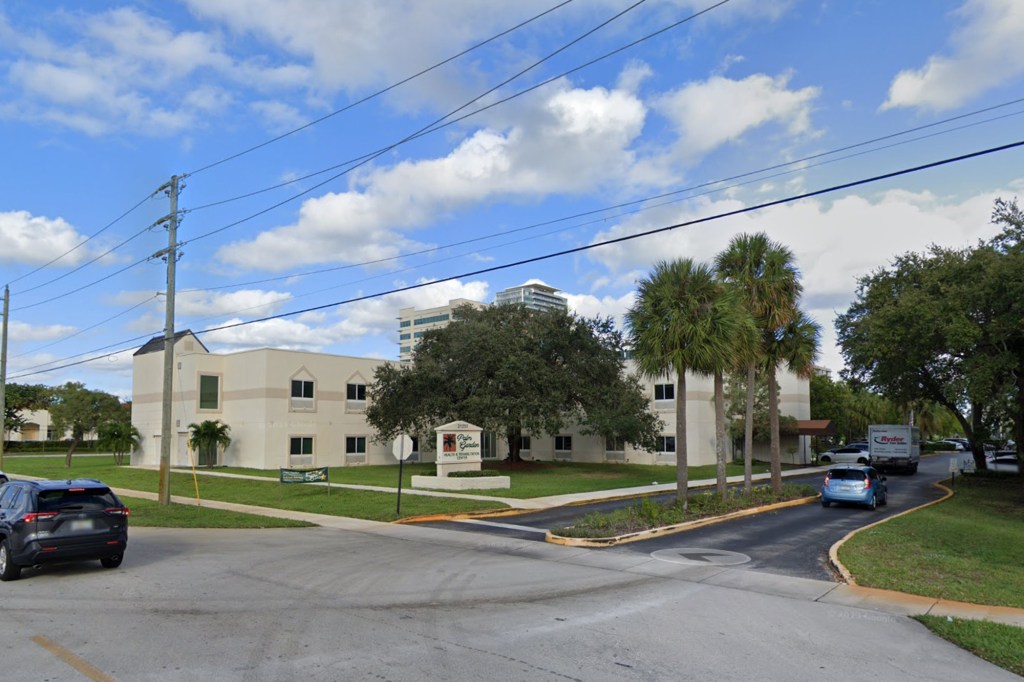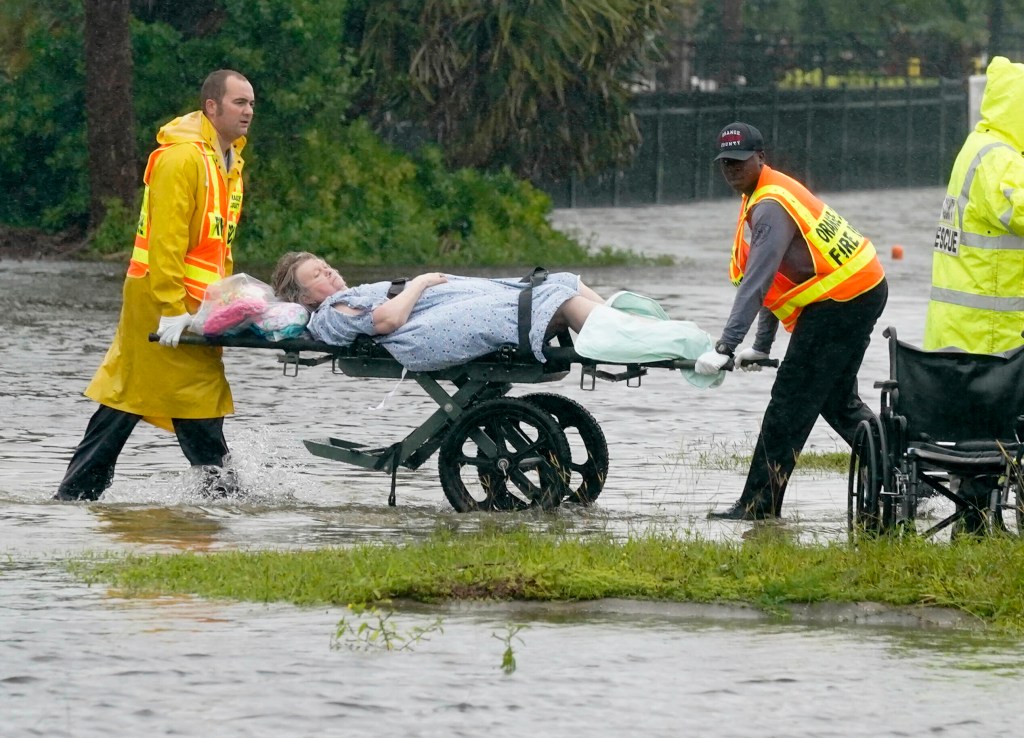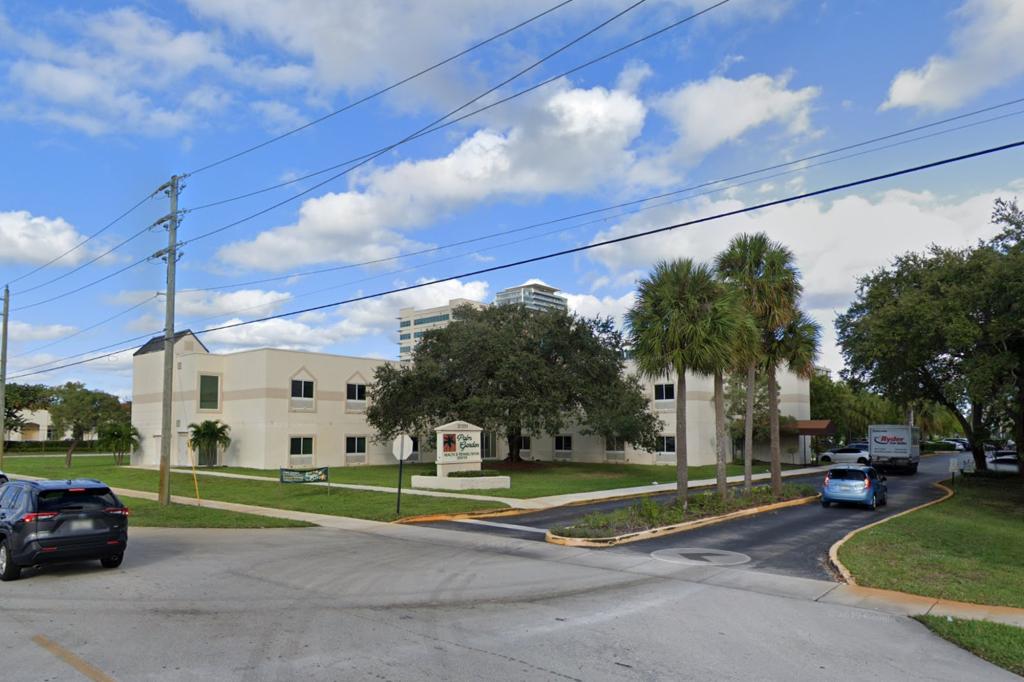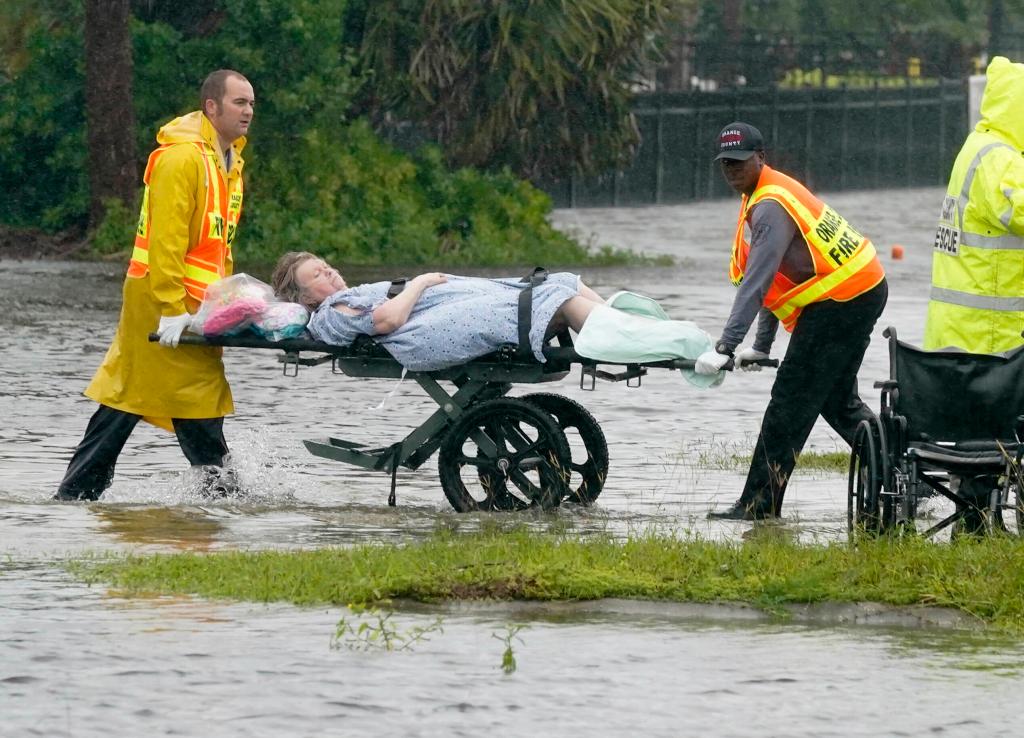Hundreds of nursing homes in Florida forced to close due to surging property insurance rates
Contact The Author
Hundreds of nursing homes in Florida have been forced to shut their doors over the past five years because of the soaring cost of commercial property insurance in the state.
In the five-year period ending in 2023, an average of 146 nursing homes or assisted-living facilities in Florida have closed each year, according to the state’s Agency for Health Care Administration.
During that same five-year period, commercial property insurance premiums rose 125% in Florida.
Last year alone, annual premiums rose by around 27% in the state, according to Bloomberg News.
Nationwide, annual premiums rose just 6% last year — down from around 15% in 2022, according to data from AM Best.
Nursing home owners told Bloomberg that those who haven’t shuttered their doors are struggling to meet their debt payments at a time when the cost of senior care continues to rise.
Most of the first-time payment defaults on debt that were issued for Florida retirement communities since 2009 took place after the pandemic, according to data from Municipal Market Analytics.
While the default rate for senior living in the US is around 8% nationwide, the rate in Florida is 18%, according to Bloomberg News.
“We are headed into a train wreck,” Pilar Carvajal, founder and CEO of Innovation Senior Living in Winter Park, told Bloomberg News.
Carvajal’s chain of assisted living center houses 339 people. She said that in the last five years, she has seen insurance costs rise at least 50%.
“We need help to solve this societal problem,” she said.
The hurricanes that have battered Florida as well as labor shortages have been blamed for soaring insurance costs.
After Hurricane Ian ripped through the state in September 2022, Carvajal said her insurer required her to install a $200,000 roof on one of the six facilities that she owns in order to maintain her coverage.
“How do you make it work when things like property insurance just are becoming so onerous and unpredictable?” she said.
“Looking into the future, if things are going to get worse, I don’t know what we’re going to do.”
Rob Greene, CEO of Palm Garden Healthcare, said he had to close one of his assisted-living facilities earlier this year after the property insurance bill for his 14-home nursing home chain more than doubled to $2.2 million in just two years.
The closure of nursing homes in Florida coincides with a population boom in recent years.
Florida is second only to Texas in population growth, according to US Census Bureau figures.
Florida also has the second highest proportion of elderly in its population. Around 22% of Florida residents are over the age of 65 — compared to 17% for the entire country.
The soaring population growth makes it imperative for Florida to build more nursing homes either through government subsidies or other forms of state-involvement, according to experts.
Lisa Washburn, chief credit officers at Municipal Market Analytics, lamented the fact that “construction has slowed significantly” across the country.
“In Florida you may not have an income tax,” but insurance is a tax, Washburn told Bloomberg News.
But the pace at which they are entering the market doesn’t give much comfort to existing nursing homes that must figure out a way to pay burgeoning bills.
Many private insurers have folded and left the state in the wake of several devastating hurricanes, but several new companies are expected to enter the market this year, stoking hope that rates will either increase slightly or remain flat.
Greene, who told Bloomberg News that he needed at least $200 million to cover the costs of insuring his businesses, said: ““We don’t have the luxury of like, a McDonald’s, of being able to pass on costs.”







